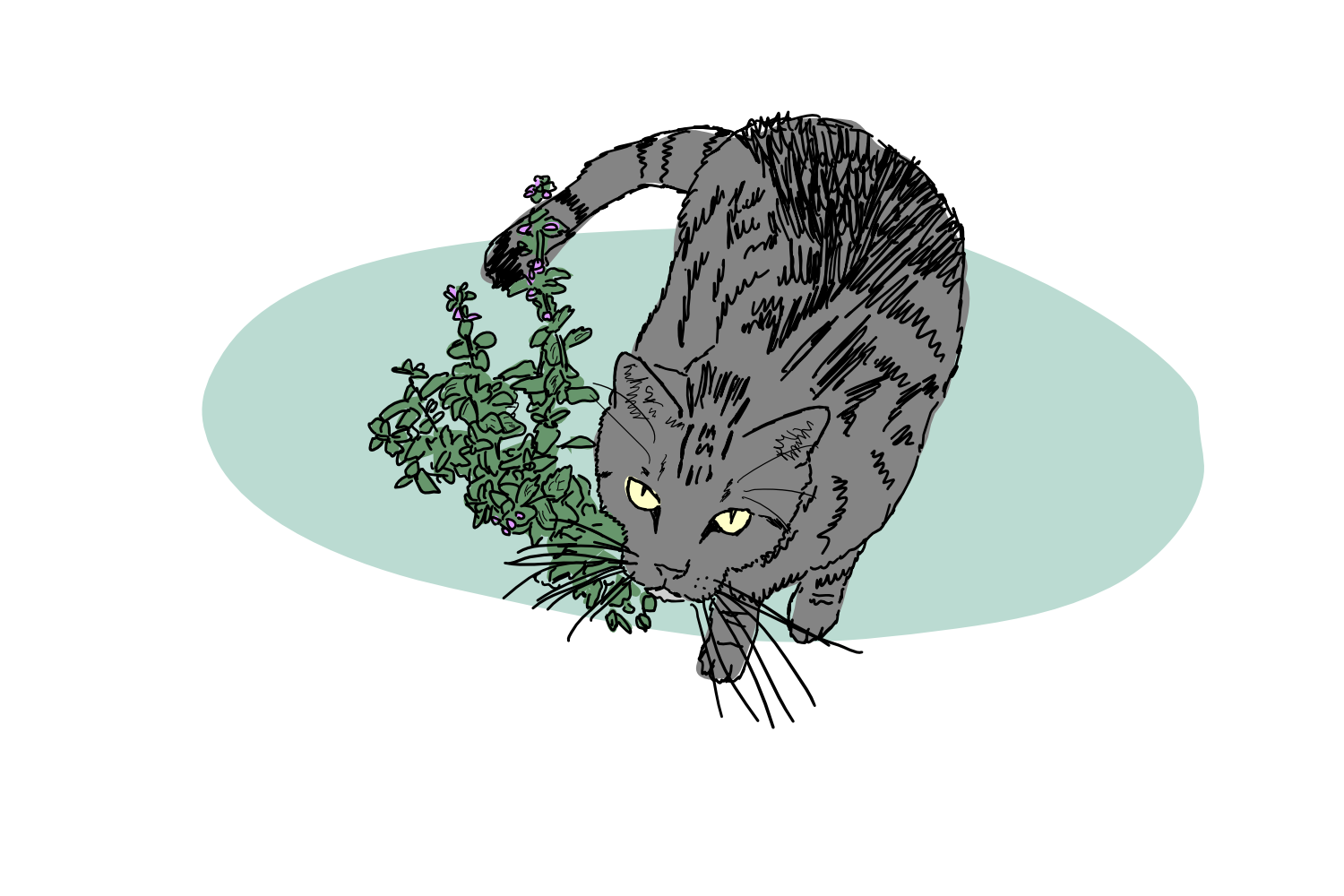Author: tegan
-
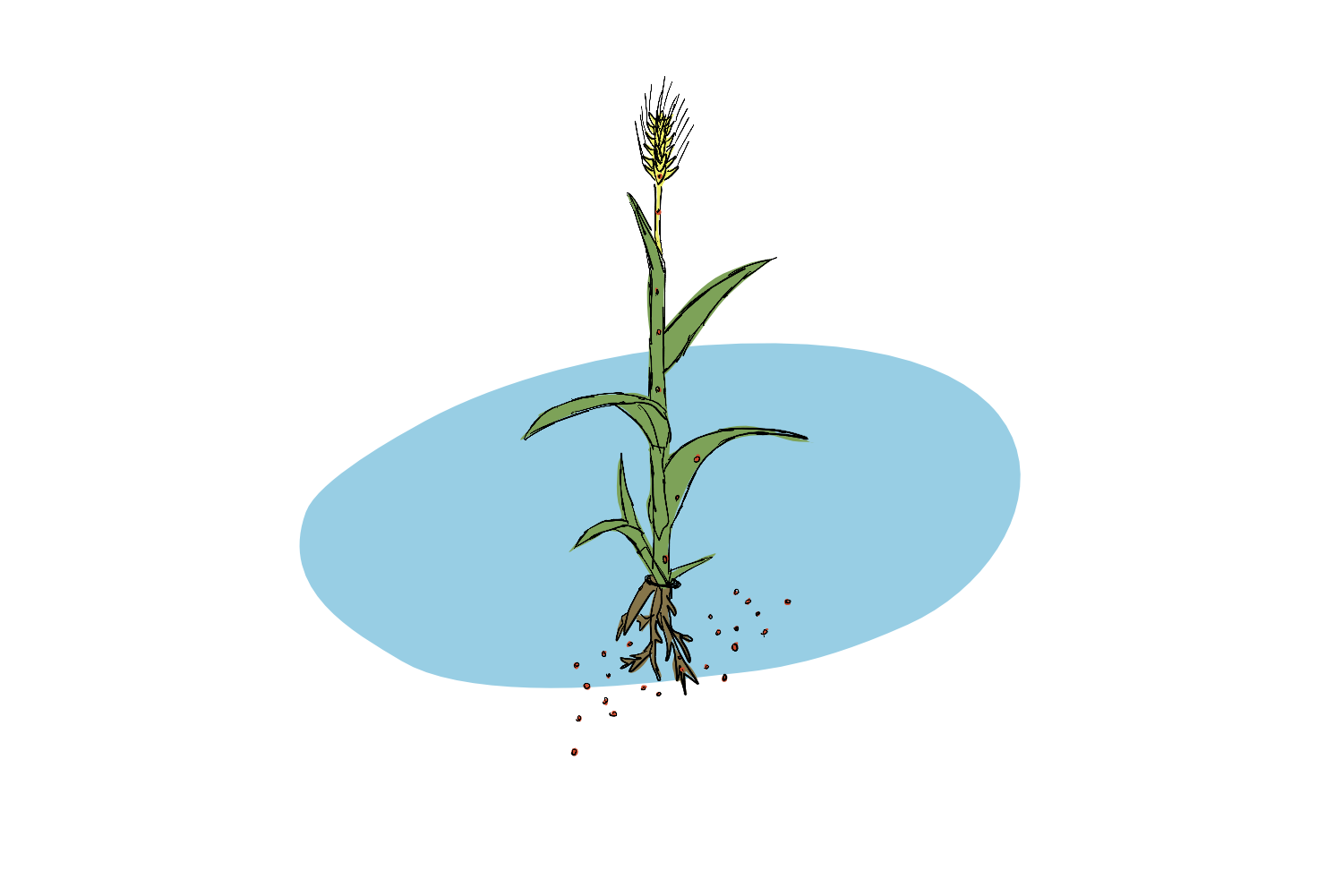
Plastic in your Plants
Recent reports have revealed the alarming ability of microplastics to accumulate in fish and other sea creatures, with the ultimate fear being that these plastics might end up on human plates. They may also accumulate within the tissue of some plants, as further shown by two recent studies.… Read more
-
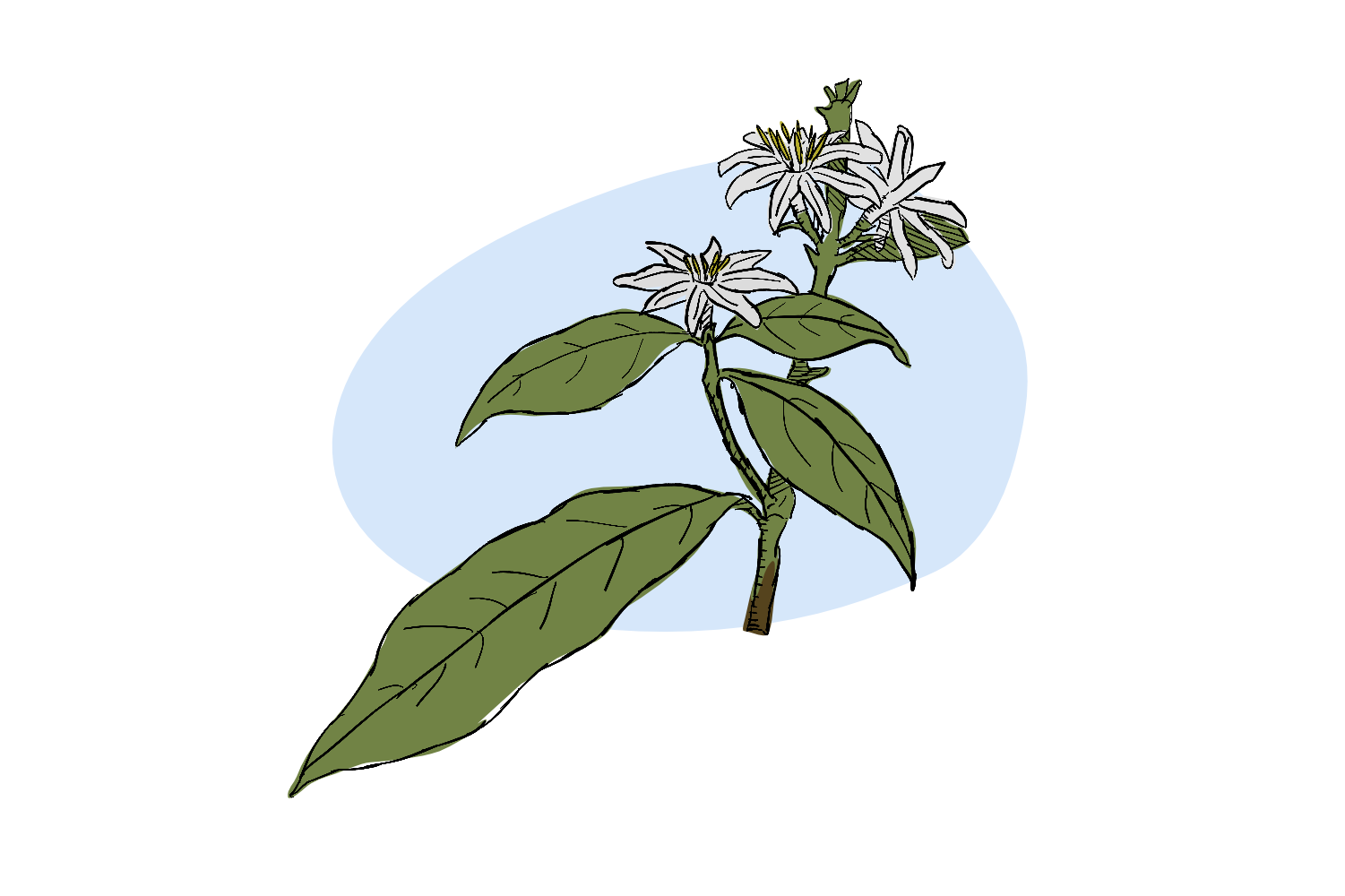
Missing: Have you seen this Coffee?
Alternative Title: You’re not a real hipster unless you drink Coffea stenophylla (but you can still be in our club if you choose C. affinis.)
Coffee. It’s a hot beverage on a cold day, a quick wake-me-up drug to help you through that morning meeting, and a multibillion dollar industry which involves over 100 million people at the farming stage alone.
Today, we tell the story of two missing coffee species – how they were lost, how they were found again, and what the future might hold for their survival, and that of one of world’s favourite hot beverages.… Read more
-
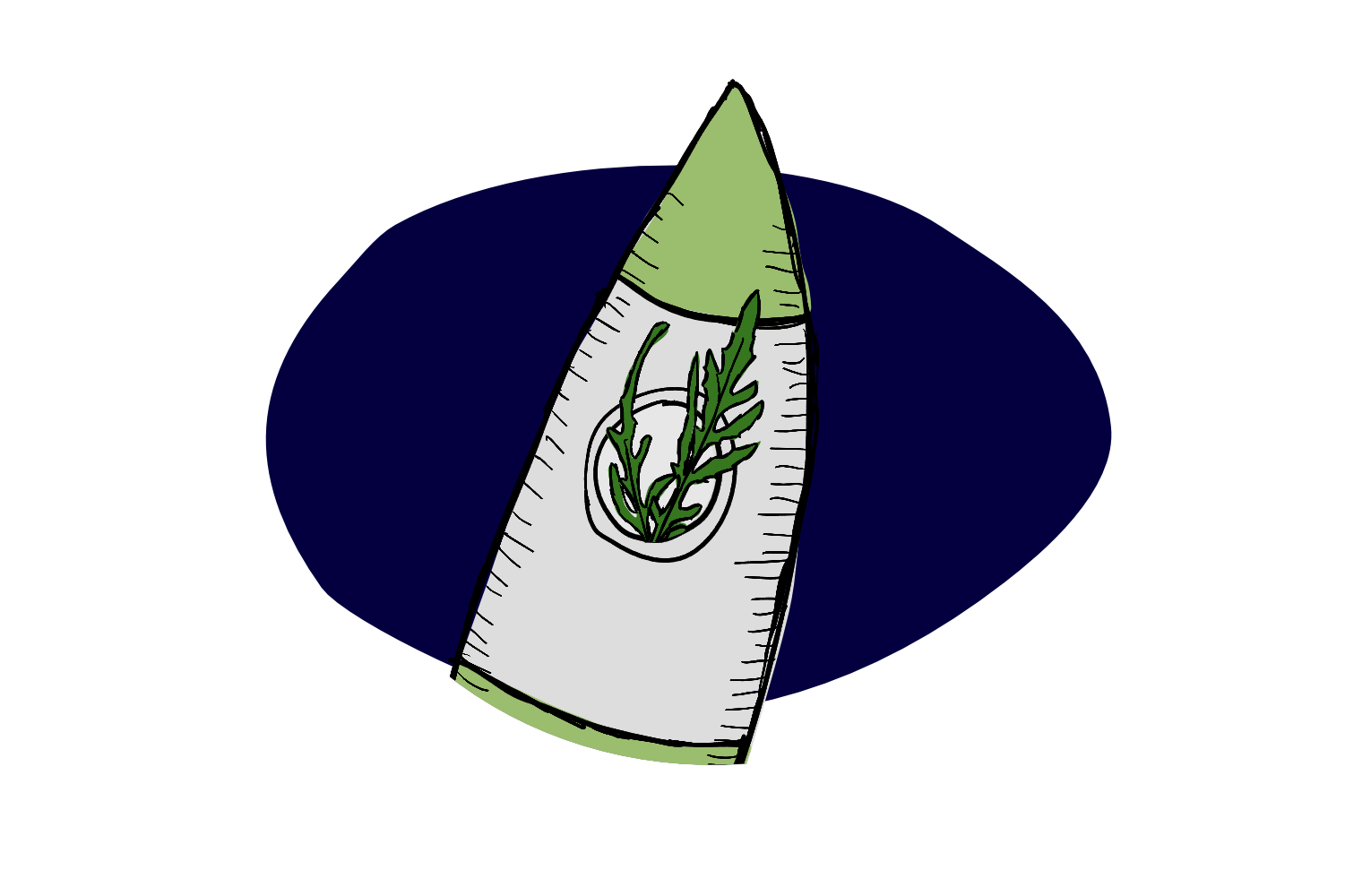
It’s not rocket science. It’s rocket rocket science
Is part of the reason I’m doing a post on this paper the amazing story behind the name? yes!
Is that ok?
Yes. Yes it is.… Read more
-
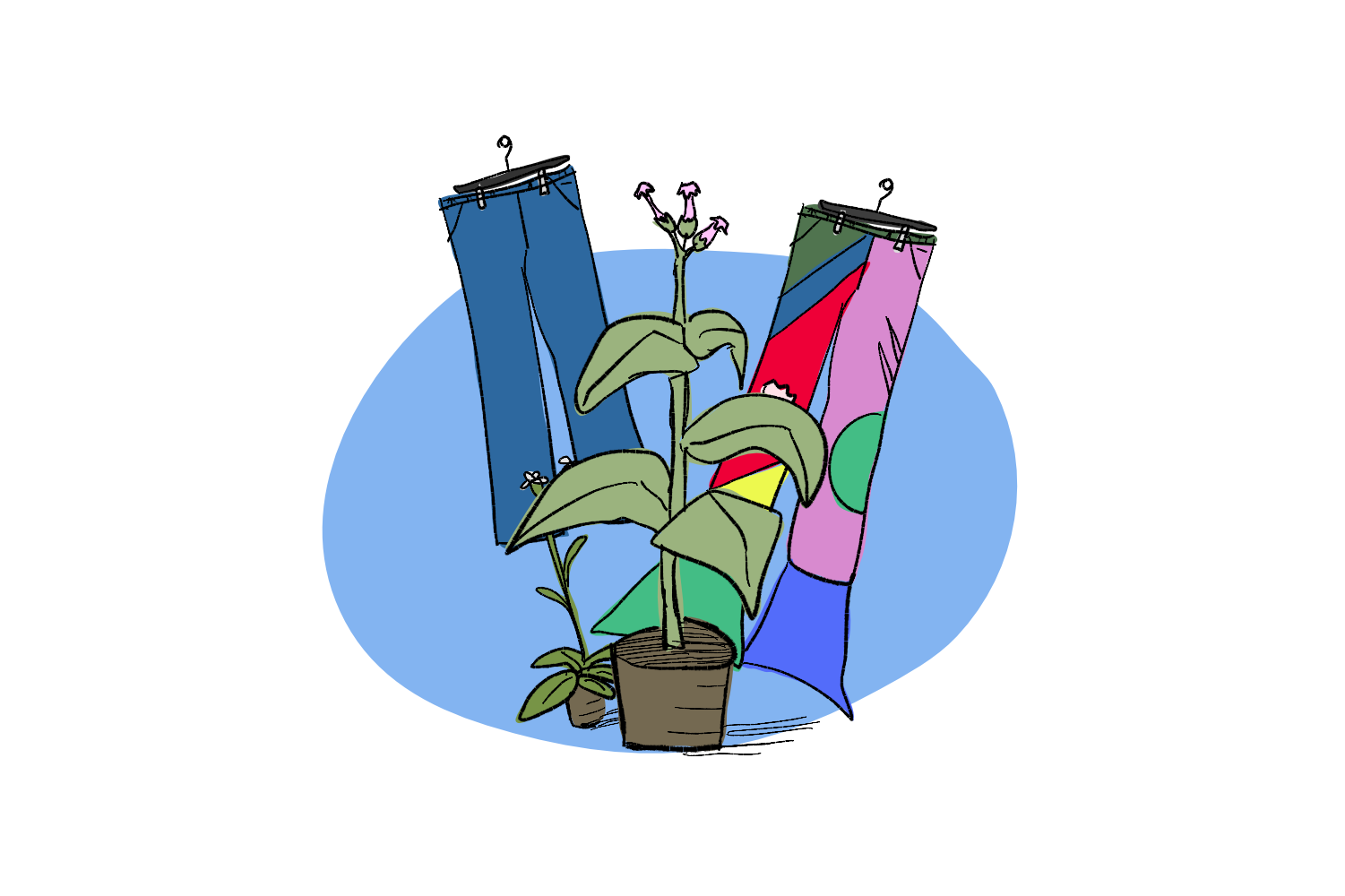
An extra pair of genes
Genes in many organisms tend to hang around in pairs, with one member of the that comes from mum and one coming from dad. But for some species, having just two sets of genes isn’t enough- they like to double or even triple up on things.
Today we’re talking about plants who want more, and what you can do when you have too much of a good thing.… Read more
-
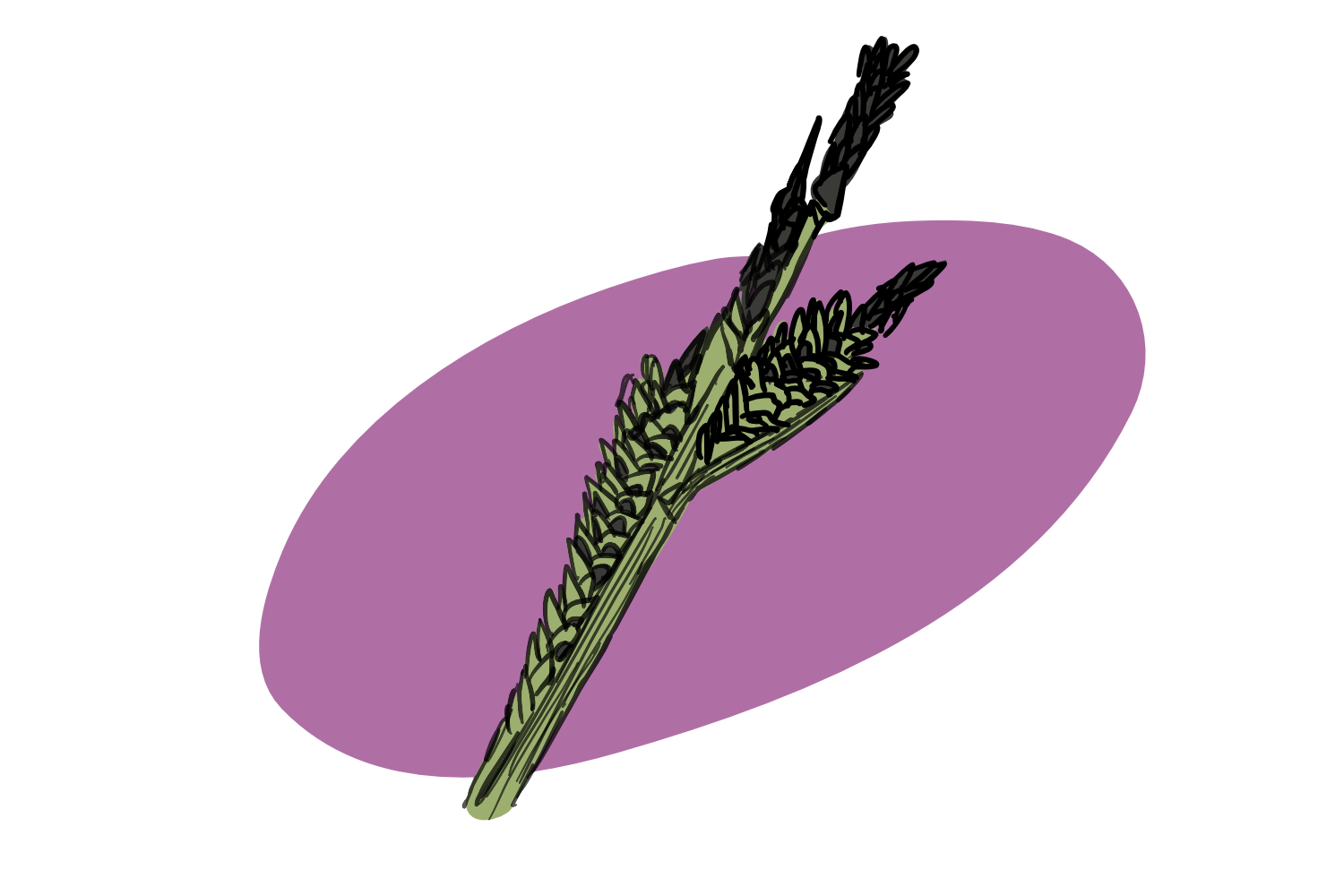
Diversity driven by the earth
Reproduction in the plant world isn’t always boy meets girl, or ‘pollen meets pistil’. Sure, some plants are all about the sexual reproduction, but others like to make children clonally. And others still, take the best of both worlds, changing their method of reproduction to suit their environment and needs.
A recent study reveals how the type of children a plant makes can be all about the soil they grown in. Differences in the soil nutrients can make one reproductive strategy more successful than the other, which ultimately changes the genetic makeup of local populations.… Read more
-
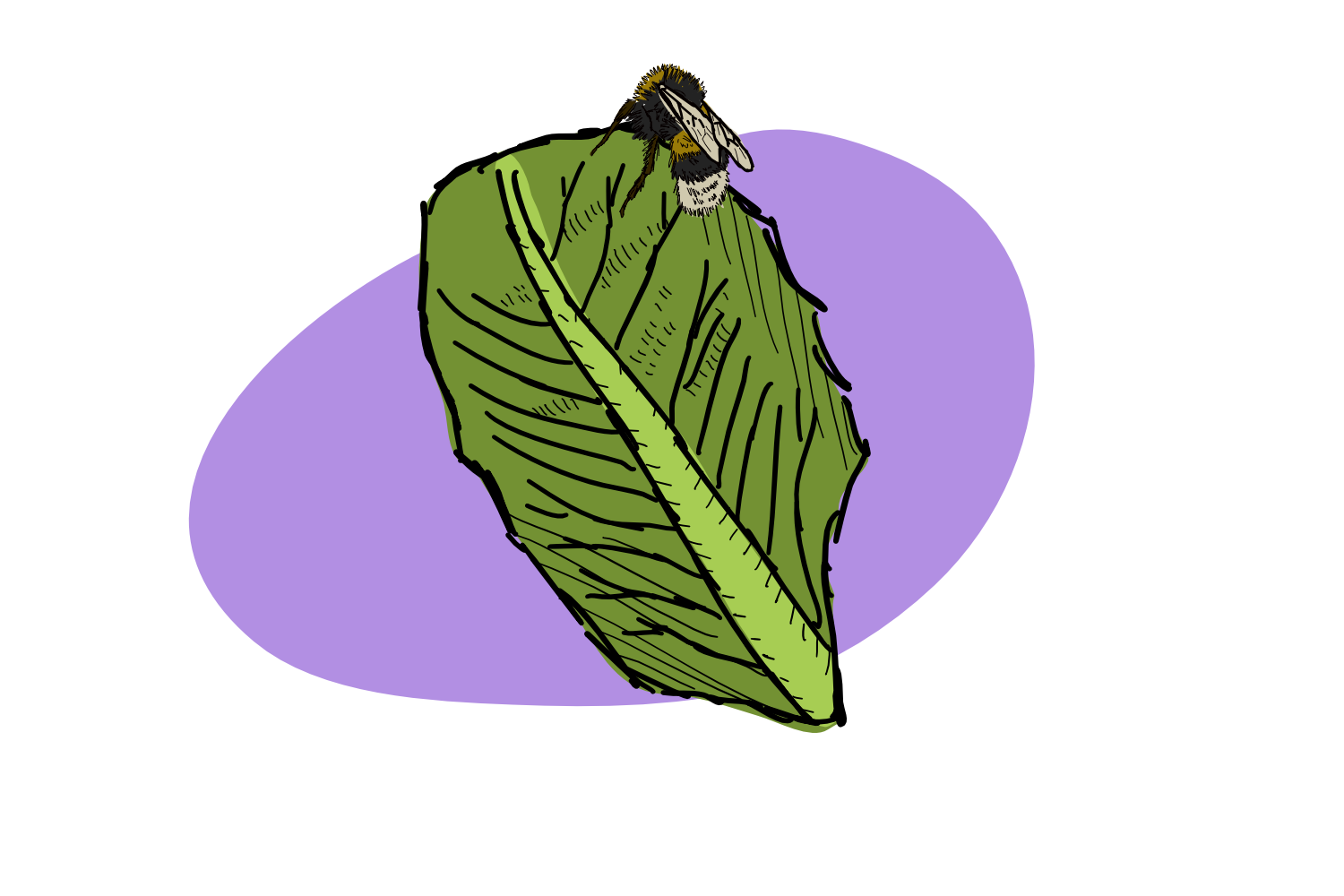
The bite of the bumblebee
Bees and plants have a strange kind of codependency going on. Plants need bees for pollinating, and bees need pollen to feed their young. So it’s helpful for both parties if everyone involved can coordinate their calendars.
But if the flowers are lacking and the bees get hungry, well then, that’s when the bees begin to bite.… Read more
-
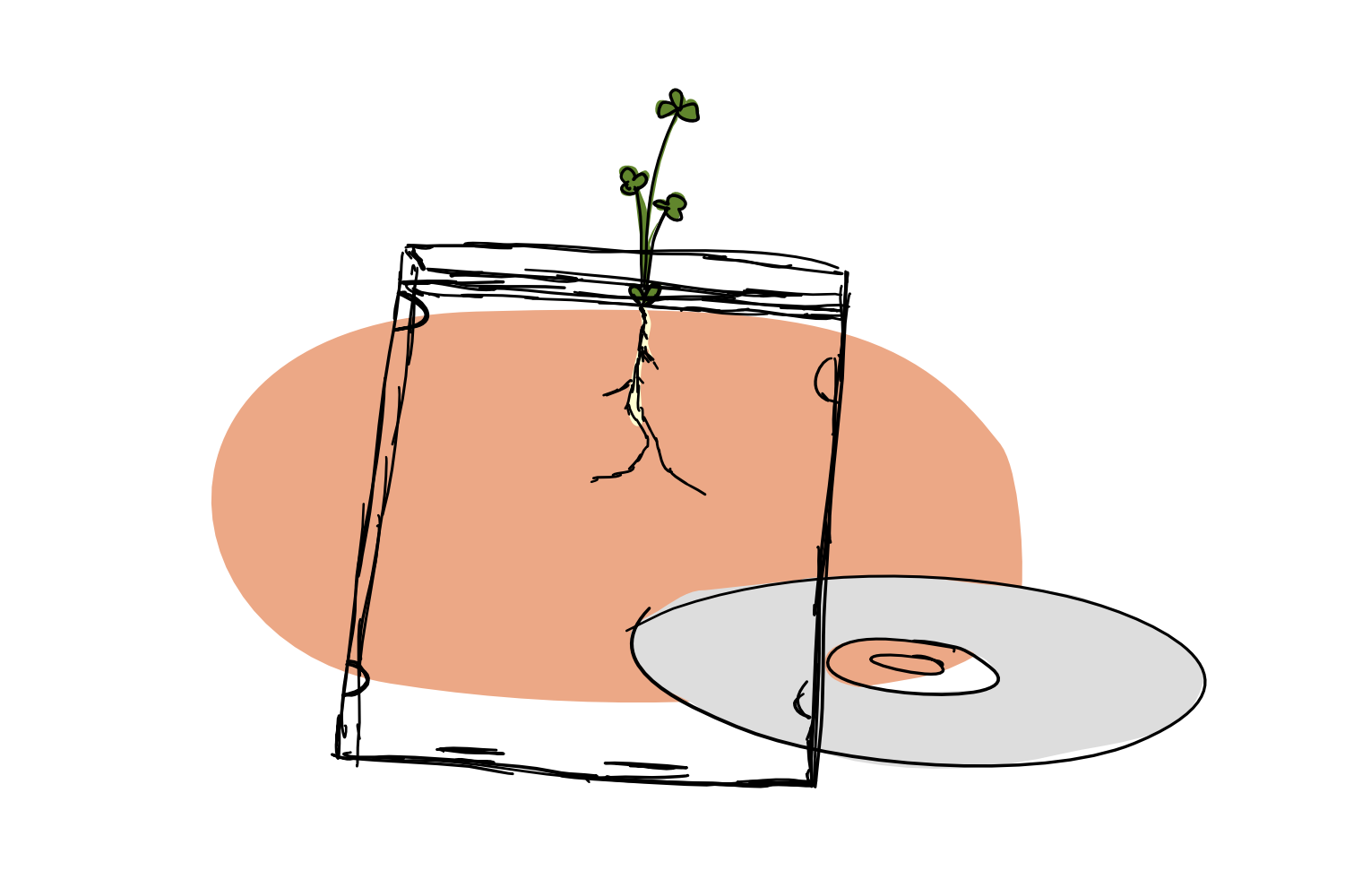
The best scientists are the ones with the great CD collections
When we scientists look at plants, we’ve traditionally tended to focus on the bits of the plant that we can see. And yet the roots of the plant, which physically support the above-ground structures while also hauling in the water and basic nutrients the plant needs, go a long way to defining the productivity and fitness of the organism. So how do we observe what plants are doing underground?… Read more
-
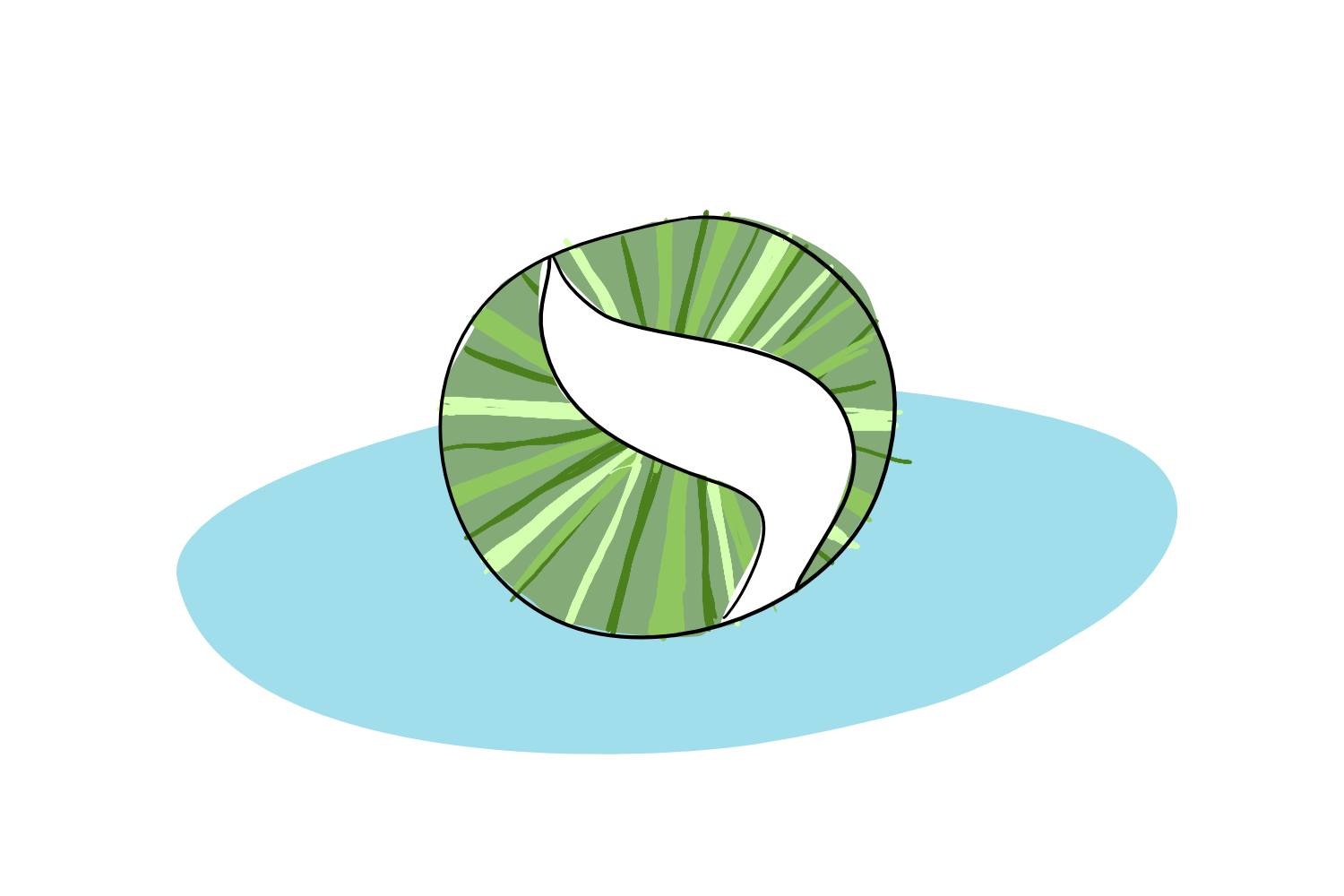
Let’s get Fascinated
-
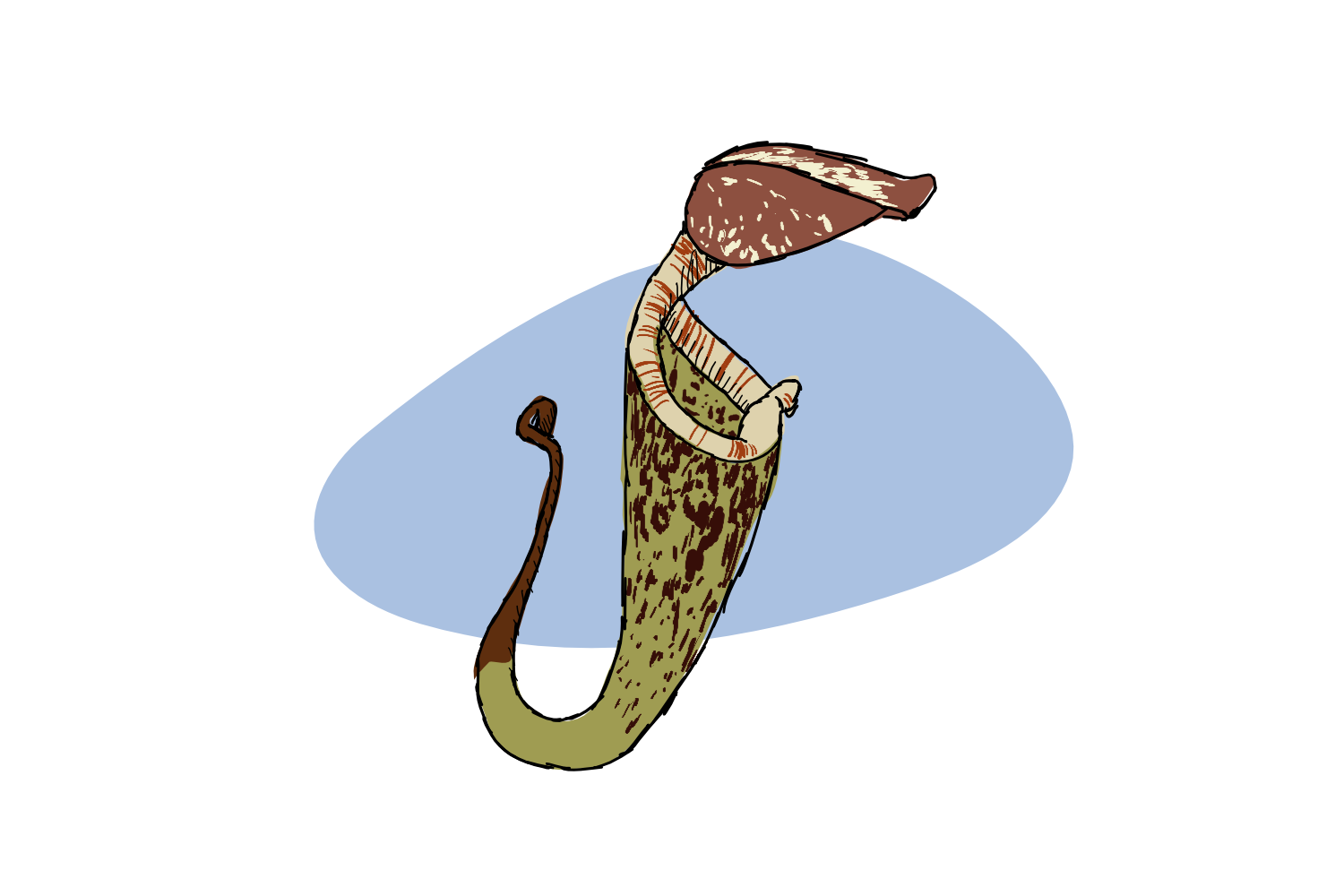
Endangered Species Day – A Plea for Plants
Today, May 15th 2020, is Endangered Species Day*, a day designed to raise awareness about the many species that are threatened by human activity in our changing world.
When thinking of endangered species, we tend to immediately picture large and visible mammals, like pandas, tigers, whales and gorillas. But of course, there are organisms across all kingdoms of life that have been impacted. Including out beloved carbon-fixing friends.
So we thought we’d take a quick second to make a plea for plants.… Read more
